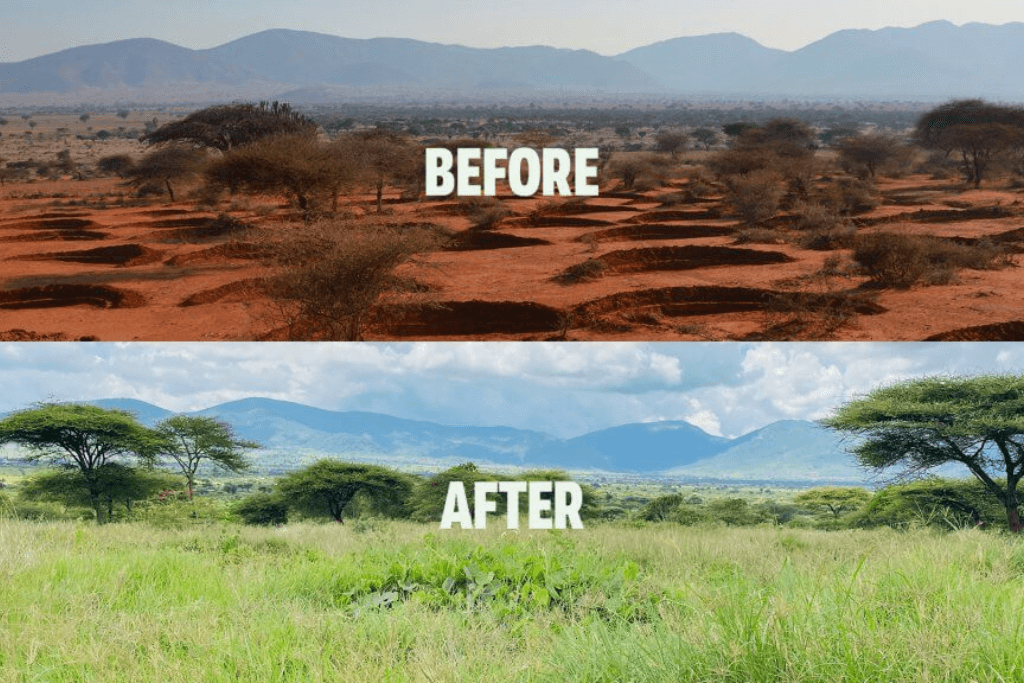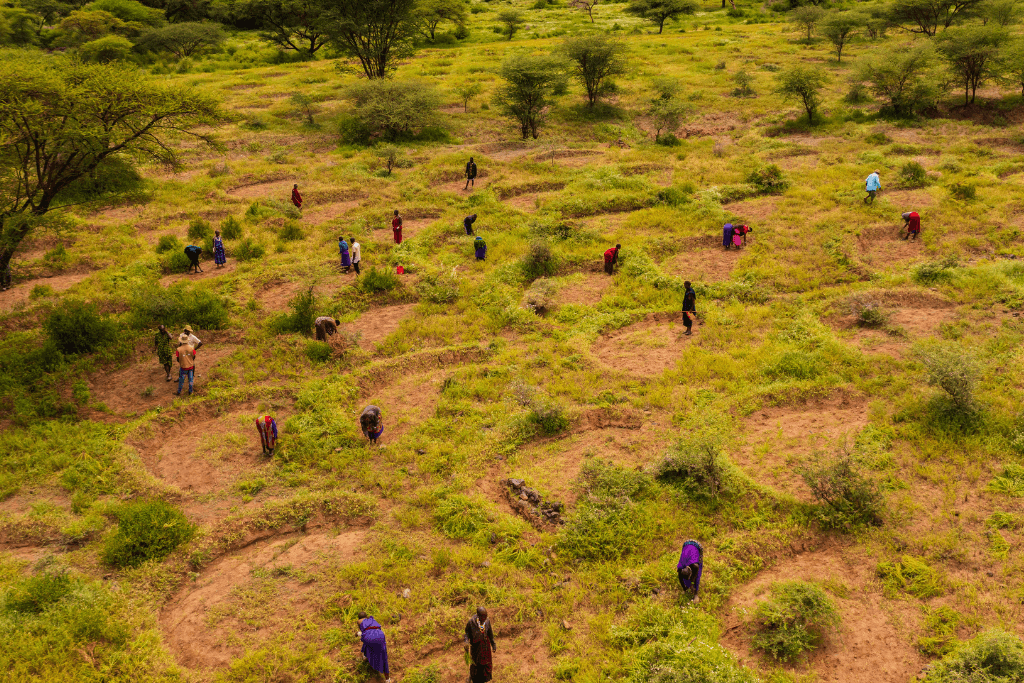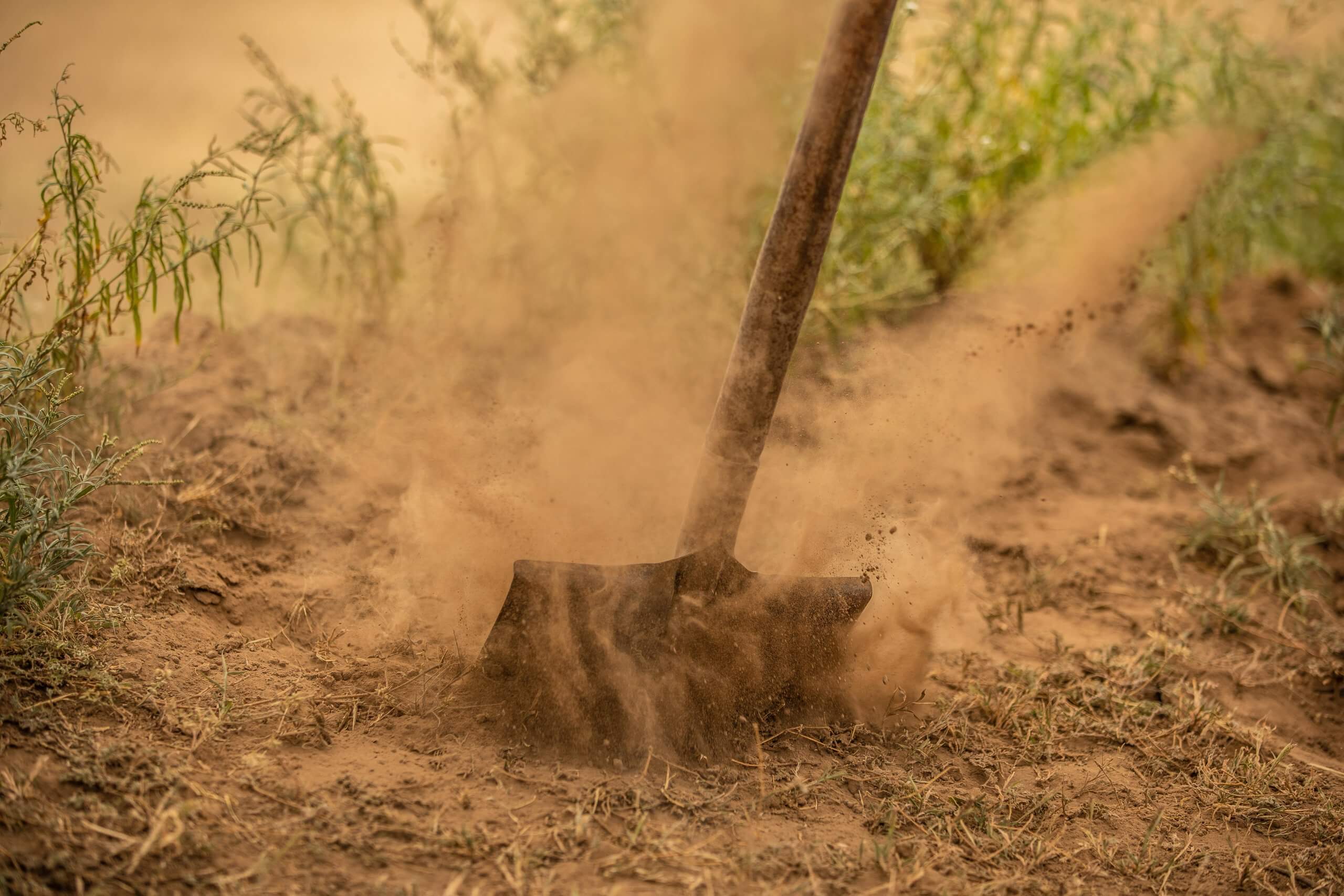Bringing green back with help of grazing management
Bringing green back with help of grazing management
Justdiggit is mostly known for digging to capture rainwater and re-growing trees, but did you know we use other regreening techniques as well? One of those being: grazing management. How does this work?
Overgrazing
Overgrazing is one of the main causes of land degradation in our project area in Olgulului – Ololarashi (OOGR), Kenya. Livestock of the Maasai pastoralists has eaten a large part of the vegetation. The roots of the vegetation are often also eaten, which makes it hard for the vegetation to grow back. Trees, shrubs, and grass species have disappeared, resulting in heavy erosion within the area. Overgrazing also has other negative consequences: think of erosion, less food for the cattle, and increased competition between people and wildlife for water and food.
Grazing management
Luckily, there is a solution to restore these rangelands: grazing management. By preventing livestock from grazing in the most vulnerable areas, these areas have time to recover. By spreading knowledge about the advantages and techniques of livestock and grazing management, we aim to make the degraded areas green again. We do this together with our partners ACC and AET and the so-called grazing committees. These committees consist of 130 members. They are trained to teach their fellow pastoralists more about the importance of regreening. They also supervise the sustainable management of the grasslands. By actively involving the community, the area is restored as quickly and effectively as possible.
Olopololi’s: marked areas
But how do the Maasai pastoralists know in which areas there are rules for grazing? With the help of olopololis! Olopololis are designated areas on communal land where grazing is allowed only during certain periods or for specific animals such as the young calves or the older animals. These olopololis are marked with large, white-painted poles. The areas are about 1000 ha. Per olopololi 50 poles are used to mark the edge of the area. In total, we have 17 of these olopololis in our project area in OOGR. Can you do the math on how many poles we have?
“The clear boundaries of the olopololi’s offer a solution to the problem of illegal grazing, especially by young school-going herders. The committee members now see that their lives are improving by managing the grazing of their livestock. This makes it easier for the members of the committee to enforce the laws on grazing.
Lasipunye, chair grazing committee Meshenni zone
Rubbing your back
The poles of the olopololis turn out to be not only useful as marking spots for the Maasai, the elephants also like them, but in a slightly different way. For example: elephants love to rub their backs against the poles and run them over to get into the project areas, causing the poles to fall over. They even like the poles so much that they’ve already knocked down 110 of them. As it takes quite some work to put the poles back into the ground, we’re thinking about sustainable alternatives together with the local communities, benefitting the restoring process ánd the elephants.





